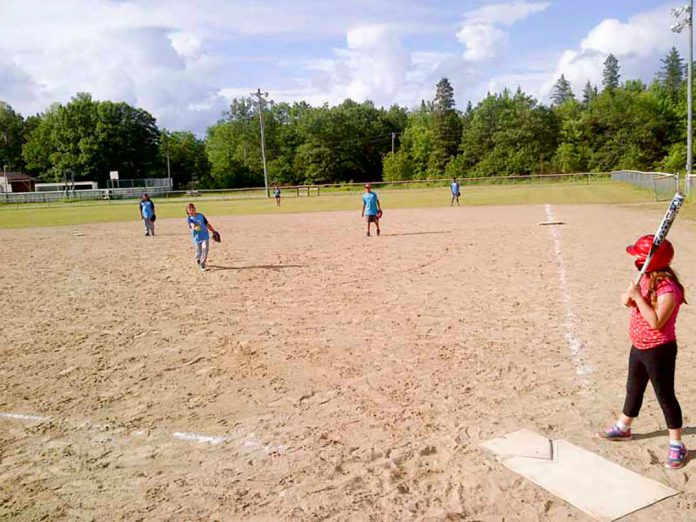Mindemoya mystery bones begin repatriation process
MINDEMOYA— Two ancient skulls discovered along a bluff face in Mindemoya have begun their long journey home. One of the skulls was discovered in May 2016 by Mindemoya’s Jamie Pyette while he was out searching for nature photographs for the calendars he creates, the other skull came to light when a forensics investigation team searched the site where the skull was discovered.
When archaic remains are discovered it sets off a complex series of events, culminating with turning over the remains to the nearest First Nation for burial.
“The process for dealing with the discovery of a burial site is set out in the Funeral, Burial and Cremation Services Act, 2002 (FBCSA),” said Victoria Stacey, strategic issues and media advisor, communications branch of the ministry of Government and Consumer Services. “A burial site is defined under that act as ‘land containing human remains that is not a cemetery’.”
In the case of the remains discovered last year near Thorne Street by Wagg’s Wood and Central Manitoulin Public School, Ms. Stacey noted that “the Coroner’s Office advised the ministry on May 25 that two indigenous skulls were discovered on land owned by the municipality. The Registrar contacted the municipality, which was made aware that the land owner must take whatever steps are necessary to preserve the site, the human remains and any artifacts until a final disposition is made in accordance with the FBCSA.”
Ms. Stacey said that “the Registrar normally orders an investigation that must be carried out by an archaeologist who holds a professional licence under the Ontario Heritage Act. Upon completing the investigation, the archaeologist must provide the Registrar with a written report which contains information about the nature, age, extent and probable cultural origin or religious affiliation of the person whose remains were discovered.”
According to Ms. Stacey, the municipality “has informed the Registrar that such an investigation may have already been completed and that the municipality will forward a copy of the report to the Registrar. The report has not yet been received by the Registrar.”
“If the site is declared to be an aboriginal peoples burial ground, the Registrar must notify the representatives of each person whose remains are interred at the site,” continued Ms. Stacey. “The representative must be the nearest First Nations government or another community of aboriginal peoples that is willing to act as a representative and whose members have a close cultural affinity to the interred person. If a site containing indigenous remains is declared to be an irregular burial site, the Registrar must notify the persons, if known to the Registrar, who would be the representatives if the site were an aboriginal peoples’ burial ground. The landowner and the representatives must then negotiate the disposition of the remains in accordance with the requirements in the FBCSA.
In the case of the skulls discovered by Mr. Pyette last year, forensic evidence points to the location where the skulls were discovered as not being the original burial site. According to forensic investigator Dr. Scott I. Fairgrave of Laurentian University, the skulls were several hundred years old (at least 800 years and precontact). Had they been located exposed to the elements as they were found, the bones would have long deteriorated and absorbed into the soil. According to the forensic evidence there was no other evidence of a burial site in the vicinity of where the skulls were discovered and no indication as to how the two ancient inhabitants of this land came to their end.
The skulls were determined to have both been male, one between 20 and 60 and the other around 20-years-old. While one of the skulls had a deformation, it was not believed to have significantly impacted the deceased’s life.
At present, the formalities are still being assessed, but the final leg of the remains’ journey should soon begin.





